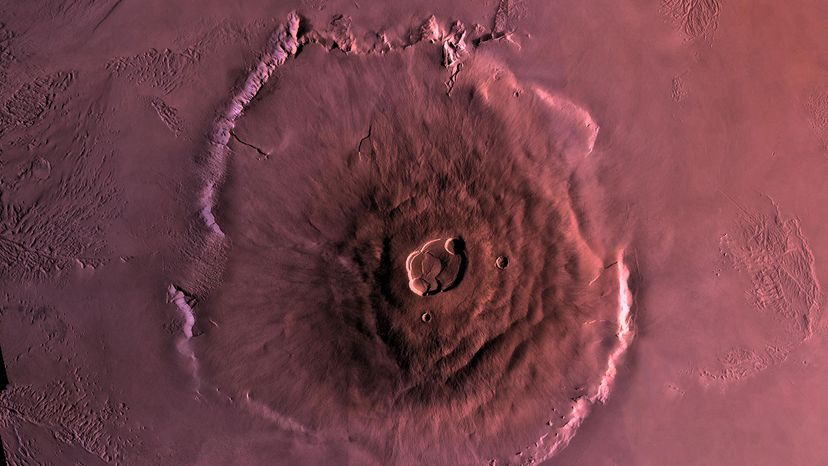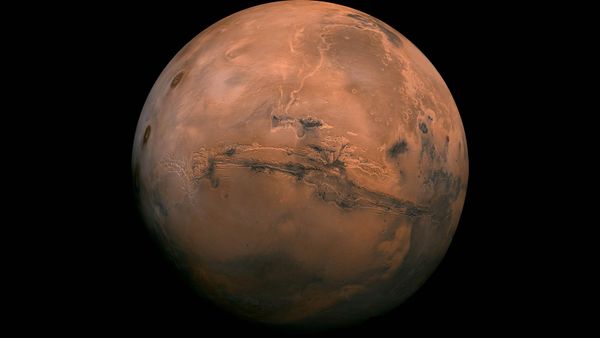
There's nothing quite like reaching the peak of a mountain and looking down in awe at the landscape below as you catch your breath. For some people, the draw of this sense of accomplishment drives them to ascend the tallest mountains on Earth, the best-known of which is Mount Everest in the Himalayan mountain range.
While summiting Mount Everest is certainly impressive, the highest mountain on Earth is in fact one of the smaller mountains in our solar system – and it isn't even the tallest mountain on our planet, depending on how you measure it! So, what is the tallest mountain in the solar system? The answer, its location, and its monstrous size might surprise you.
Advertisement

